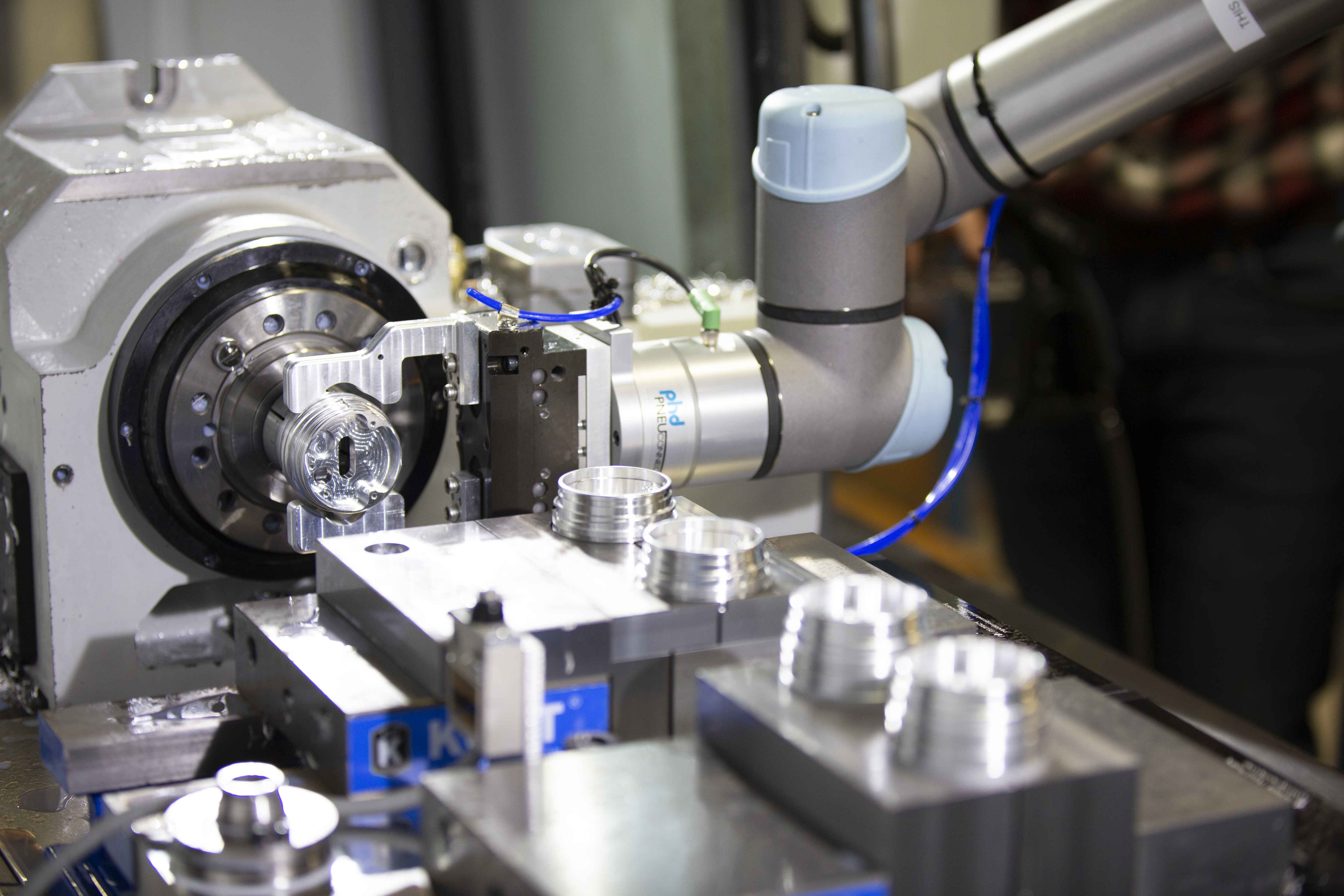
As automation has made its way into the manufacturing workforce, manufacturers have grown accustomed to working alongside artificial intelligence doing day-to-day tasks. While manufacturers may have found ways to incorporate automation into the workforce, planning for long-term success is crucial to increasing efficiency, productivity, and revenue. “Getting started with intelligent automation in manufacturing” by The Manufacturer offers great insight into how to first prepare for automation, and then how to get started successfully incorporating artificial intelligence into the manufacturing workforce.
Planning strategically is important when introducing automation. One helpful approach to doing so successfully is the ROM principle (Robotic Operating Model) developed by Blue Prism. This model includes seven foundations that help establish a strategy. These seven approaches are a vision, organization, governance and pipeline, delivery methodology, service model, people, and technology. Each of these areas includes specific ways to create a cohesive and structured plan that helps manufacturers prepare to integrate automation into their workforce.
Once those elements are established and the plan is set, it’s time to actually get started using automation in the workforce. According to The Manufacturer, there are three waves of automation. These include efficiency and productivity, business performance, and business transformation. Efficiency and productivity are all about keeping it simple. Its main focus is to “look for short-term easy wins that drive quick value” (The Manufacturer, 2022). The business performance focuses on KPIs and integrating high-value processes into other areas. Lastly, business transformation is all about using automation to make big changes. Whether it's changing service or way of working, business transformation is all about taking what you want to incorporate and understanding how automation will get you there.
Identifying a strategy is definitely an important part of seeing success with automation in the manufacturing workforce, but taking steps to implement changes and improvements is the most essential part. There are specific areas that could definitely be improved if you haven’t done so already. Digitizing operations improves the customer experience by allowing them to make repeat purchases, track items, and see warranties or records without contacting customer support. This creates a more efficient way for the customer to buy, track, and access information, which improves their overall experience. Digitizing supply chains so that you can check stock and inventory quickly. As long as everything is accurately recorded, this will significantly reduce valuable time. Automation is also a great resource for improving back office processes.
To learn more about implementing automation successfully, read “Getting started with intelligent automation in manufacturing” by The Manufacturer.